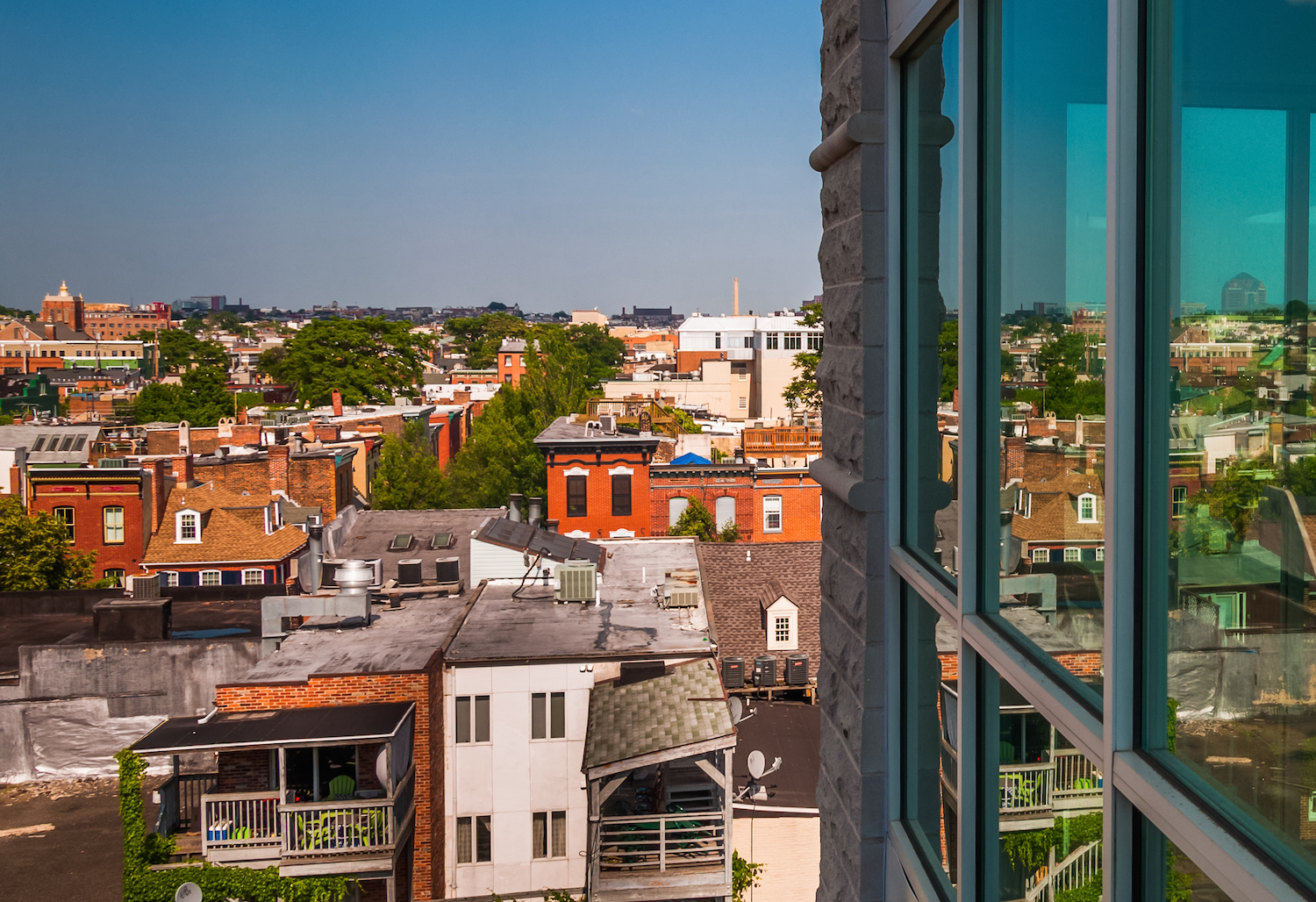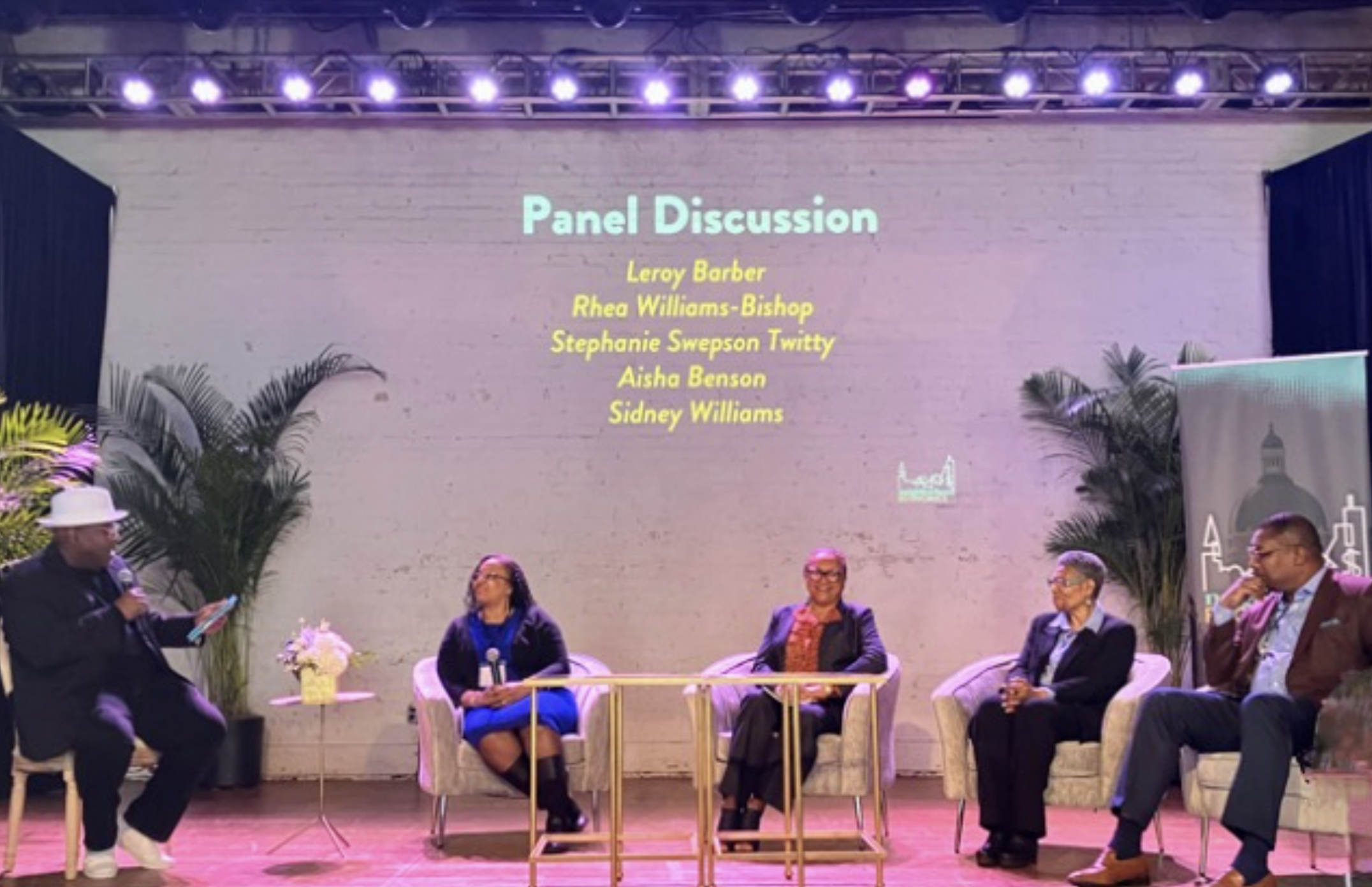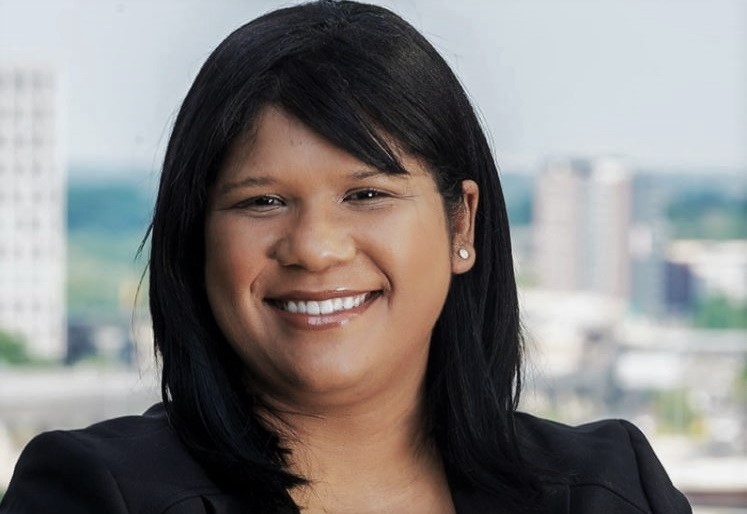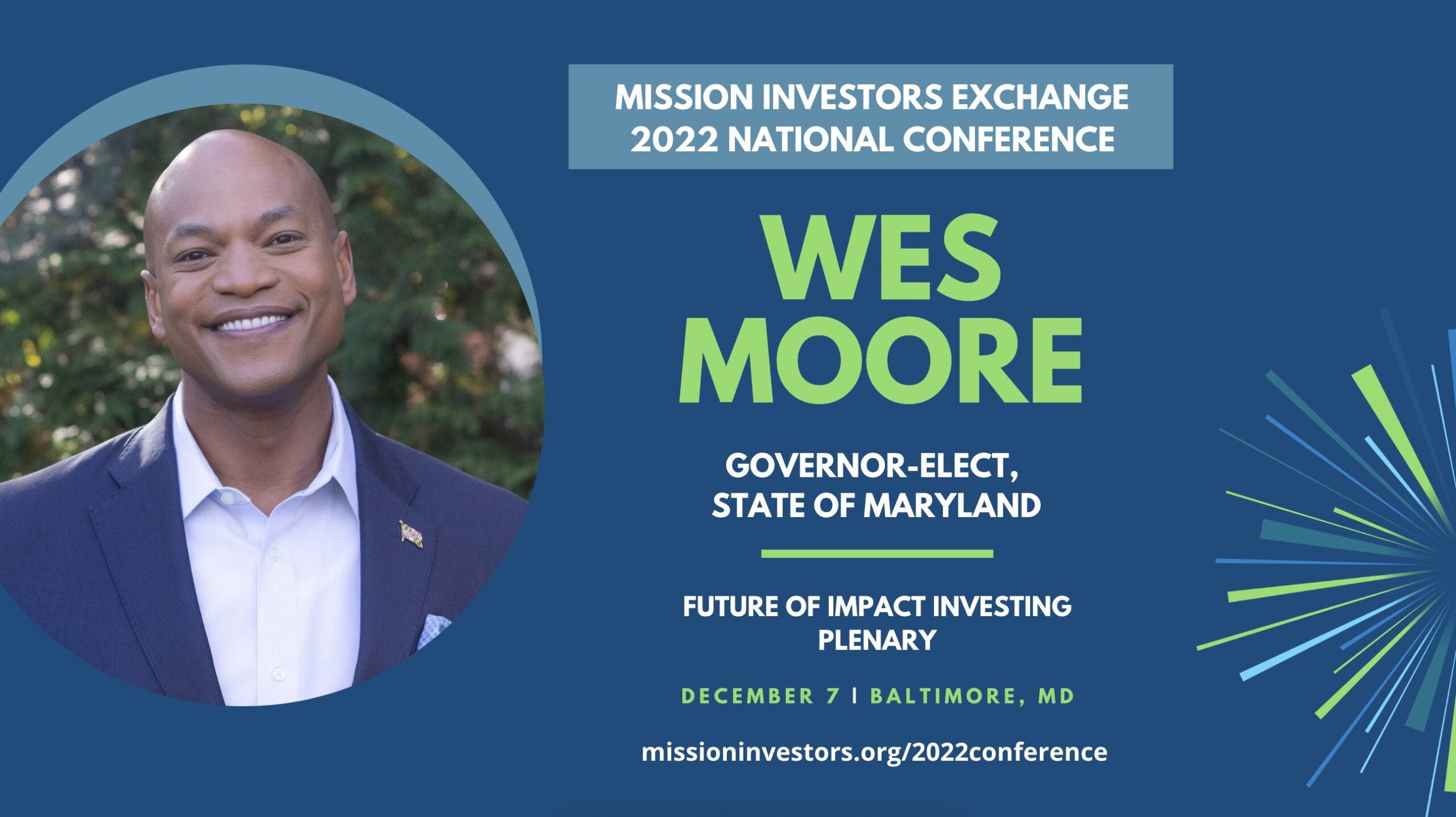ImpactAlpha August 9 – Black Americans make up nearly half of the people living in affordable homes financed by the federal government. But only 2% of development companies are Black-led, and just 1.5% of real estate assets under management are controlled by minority-led development firms.
Enterprise Community Partners, the 40-year-old affordable housing nonprofit, has set out to change the structure of the real estate industry, starting with itself. Lori Chatman, president of Enterprise Community Loan Fund, Enterprise’s Community Development Financial Institution, joined the Reconstruction podcast to share how Enterprise is working to dismantle America’s legacy of racism in housing by changing the way the organization lends to real estate developers.
“We challenged ourselves to say, ‘How are we, as Enterprise, complicit?’” Chatman says. “‘Let’s go back and look at our underwriting, quite frankly, and our risk models and what we consider folks need to have, as a minimum, to be able to access our capital sources.’”
“‘And let’s begin to think about and apply an equity lens to that and see what we can be doing differently.’”
The centerpiece of the effort is Equitable Path Forward, which spans multiple Enterprise programs in an effort to grow the pipeline of BIPOC developers and level the playing field for financing options. To develop and refine the program, Enterprise examined how and why the racial wealth gap exists and how systems in the community development finance world have failed to make a significant impact on it (see,”Redefining risk to catalyze capital for community-based real estate developers,” by Chatman and her colleague, Rob Bachmann).
If Enterprise is successful, the effort could help redefine risk in real estate underwriting and unlock broader access to capital for BIPOC developers. That would put more capital in the hands of developers who know the communities in need of affordable housing – and reshape how neighborhoods are built and who they’re built for.
Community connection
Chatman began conceptualizing Equitable Path Forward after attending an event organized by Strong, Prosperous, And Resilient Communities Challenge, or SPARCC, a collaborative of funders, CDFIs, and other local leaders in a half-dozen regions.
The collaborative was started “to make sure communities have a voice at the table,” explains Chatman. At stake, she says: “The trillions of dollars of public and private funding that will fuel new investments in infrastructure, transit, housing, health, and, quite frankly, begin to prepare communities for the inevitability of climate change.”
Announced in December, Equitable Path Forward is raising a $350 million Growth Fund, which includes $100 million in debt, $150 million in equity, and $50 million in grants for BIPOC-led housing providers working in low income communities. Another $50 million will provision a standby guarantee facility that will provide credit enhancement to enable Enterprise to invest with developers who don’t meet the balance sheet minimums usually required. With the help of the facility, for example, developers wouldn’t need a third-party co-guarantor.
To support the standby facility, Enterprise announced that it had raised $5 million in second-loss funding from the Community Investment Guarantee Pool and $10 million in third-loss funding from Charles and Lynn Schusterman Family Philanthropies. Additional support, including from Netflix, Bank of America Community Development Banking, Northern Trust, Siemens Foundation, US Bank, and the CDFI Fund, has put Enterprise at about 80% of the way to their overall goal for the Growth Fund.
An additional $1 million is set aside to fund a Real Estate Analyst Training Program, in partnership with a yet-to-be-named business school at an historically Black university. The program will prioritize recent college graduates from that HBCU who identify as the first generation in their family to attend college. Another $15 million is for consulting, networking support, and evaluation services to help organizations build capacity. All three areas of funding are led by women of color.
To be eligible for Equitable Path Forward, an organization’s leader or at least half of the board must identify as BIPOC. Enterprise plans to raise and deploy all funds by 2025.
Complicit capital
The Enterprise team found that multiple barriers stood in the way of BIPOC developers or development partners. From the start, developers without connections or newer to the industry must jump many hurdles to qualify for partnerships with public entities. BIPOC developers are also less likely to be able to meet the criteria to be a good candidate for financing, such as the amount of assets on the balance sheet.
These barriers look similar whether the capital sources come from private investors, CDFIs, housing finance authorities, or other government sources. Eventually, there are “a very small group of players as you continue to ratchet up what those requirements need to look like, all in the name of managing a perception of risk.”
Such requirements don’t “underwrite that connection to community,” Chatman says. “For me, it’s risks relative to what?” Enterprise is seeking to take into account connections to community “in a way that is mindful of the fact that there are other things at play,” in addition to returns.
To center local voices, Equitable Path Forward prioritizes BIPOC Developers with community connections in its decision making.
“When you take out of the equation your preconceived notions, anything can happen,” Chatman says. “How do we begin to condition our children early on to be able to see that?”
This podcast is part of ImpactAlpha’s new podcast series, The Reconstruction. Find episodes of The Reconstruction podcast, and all of ImpactAlpha’s coverage of racial justice and inclusive prosperity, on The Reconstruction landing page.











